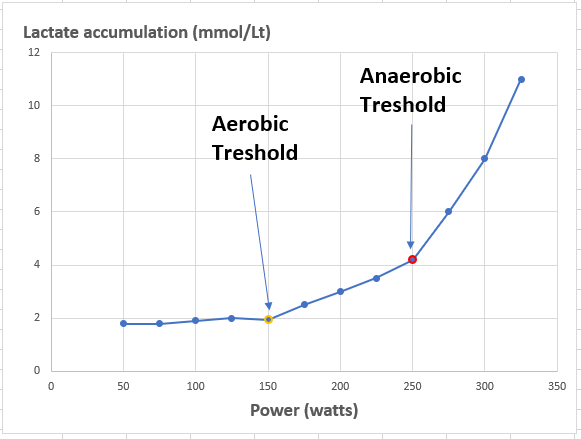Cycling training terms explained
- glabarca77
- Aug 10, 2022
- 2 min read
As with any human activity, cycling has its own terminology. Below is a list of commonly used terms in cycling training. This should help you make sense of some of the jargon you come across when reading about structure cycling training.
AeT: Aerobic Threshold
This is the workout intensity at which blood lactate accumulation begins to rise at a steady pace. It is typically at around 50-55% of your FTP. At this point, your anaerobic systems begin to contribute a little more to energy production.
AnT: Anaerobic Threshold
At this point, your body cannot clear the lactate from the blood fast enough and rapid accumulation occurs, causing fatigue and eventual failure. Beyond the AnT, there is little to no contribution from your aerobic system to the production of energy. Your FTP is around your AnT.
FTP: Functional Threshold Power.
This is a measure of the power you can sustain for long periods of time. In theory, is the power you can sustain for an hour. However, your actual ability to achieve this depends on many factors and your FTP should only be taken as a general indication of progress or degradation of your cycling fitness.

NP: Normalized Power.
Normalized power tries to measure the real metabolic cost of a workout. The algorithm to calculate this is quite complex, but in general, takes into consideration the time spent at each power level. Normalized Power is a better metric to track in your workouts than Average Power.
IF: Intensity Factor.
This metric measures the level of effort of a workout relative to your FTP. If you have an FTP of 200w and your NP during a workout was 150W, then the IF is 75%.
TSS: Training Stress Score.
This is determined by the IF and duration of a workout, where riding for 1 hour at exactly your FTP equals 100% TSS. Thus, riding longer and harder will result in a higher TSS.
CTL: Chronic Training Load.
This metric seeks to determine how much training stress you are accumulating in a given period of time. This is a good indicator of your potential fitness level, however trying to maintain a high CTL could result in overtraining.
Power Curve.
This is a chart that illustrates the power you can sustain for different lengths of time. For instance, your 5sec power, 10 Sec, 30Sec, 2 minutes, 15 minutes, etc.
Polarized Training.
This refers to the idea of training mostly on the extreme ends of your power curve. In general, this training strategy calls for spending about 80% of your training time at (or under) aerobic threshold and the rest at or above FTP.





Comments